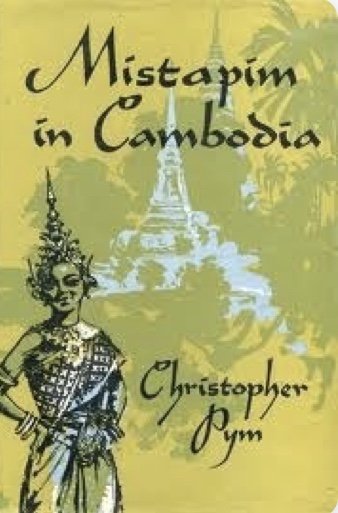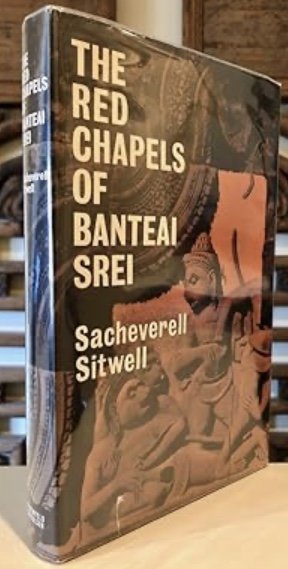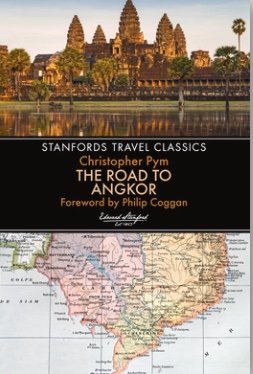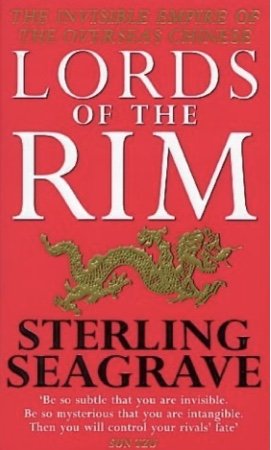Five Point Someone: What Not To Do at ITT by Chetan Bhagat (Rupa Books)
Chetan Bhagat’s Five Point Someone is his first novel, which was published in 2004. It follows the life of three university students studying at IIT, the India Institute of Technology, the author’s alma mater. The book was also adapted into a major motion picture and released as Three Idiots in 2009.
The story is mostly narrated by Hari Kumar. He tells the reader from the beginning “what this book is not”. He says with a little mirth that “it is probably an example of how screwed up your college years can get if you don’t think straight”. He also reinforces the fact that “the book will not help you get into IIT”.
On his first day at IIT, Hari meets his housemates from Kumaon hostel, Alok Gupta and Ryan Oberoi. Alok had dreams of becoming an artist to follow in his father’s footsteps, but his father had an accident when painting a ceiling mural, became half-paralyzed, and could no longer work. Alok also has an older sister that the family must marry off eventually, so they need money for her dowry. As Alok is the male of the family, he gives up his dream and decides to become an engineer so he can support his family.
Ryan on the other hand has rich parents. They have their own business but Ryan is not close to them. Although they send him letters weekly, he has not answered any one of them. He also despises the university’s rules and thinks of many different ways to beat the system.
The three first meet on the roof of the hostel. As freshmen, they are being hazed by a couple of seniors. and are made to take off all their clothes. Hari and Alok are told to get on all fours, while Ryan is forced to flex his muscles and make warrior poses. When a senior brings back a couple of empty coke bottles for nefarious purposes, Ryan takes quick action against his upper-level classmen, saves Hari and Alok from total embarrassment, and the three become fast friends.
The three students are overloaded with work and need to be prepared for pop quizzes but Ryan talks his friends into seeing a movie instead of studying. The following day, their fears are realized as one of their teachers give a pop quiz. All three score below average, Ryan having the lowest score. To get themselves motivated again, Ryan suggests they go jogging. Hari and Alok are not in the best of conditions to go running but Ryan has a way of getting them to agree to whatever he thinks up.
While they’re out jogging, a young girl learning how to drive actually hits Hari. Instead of reprimanding her, Hari instantly falls in love with the woman. It is only later that he finds out she is the daughter of the head of the engineering program.
If you’ve been a college student, you can guess where this is going. Yes, Hari can’t get her out of his mind and Ryan helps think of ways to not only beat the system but tries to help Hari win the girl of his dreams.
And then it’s time to check their grades. From the results, students could determine their grade point average, or GPA, on a 10 point scale, 10 being the highest with the average hovering around 6.5. Hari scores 5.46, Ryan is at 5.01, and Alok at 5.88. These less than average GPAs can affect their future and the grades are posted for all the students to see.
Five-pointers are not only looked down upon by other students but by the professors as well. Will these three underperformers be able to graduate? And what will become of Hari’s relationship with the daughter of the head of the Mechanical Engineering Department?
The book is sad and funny at the same time. The attitudes of people in regards to degrees from prestigious universities compared with no name or not so famous colleges and universities persist to this day. It’s still prevalent in Japan where I currently live, a country where many women’s eligibility as marriage partners consists of the three 高 (ko) - 高学歴・高身長・高収入 kogakureki (graduating from prestigious university), koshincho (height), and koshunyu (high salary).
Higher education isn’t for everyone and if you are able to get into a name-brand university, then the student should be proud of that accomplishment and not worry about their GPAs so much. Unlike IIT, graduating from a prestigious university in this day and age doesn’t guarantee a good-paying job either.
That’s just my opinion although I barely made it through my university years and ended up working in a bookstore for twenty-five years! ~Ernie Hoyt








